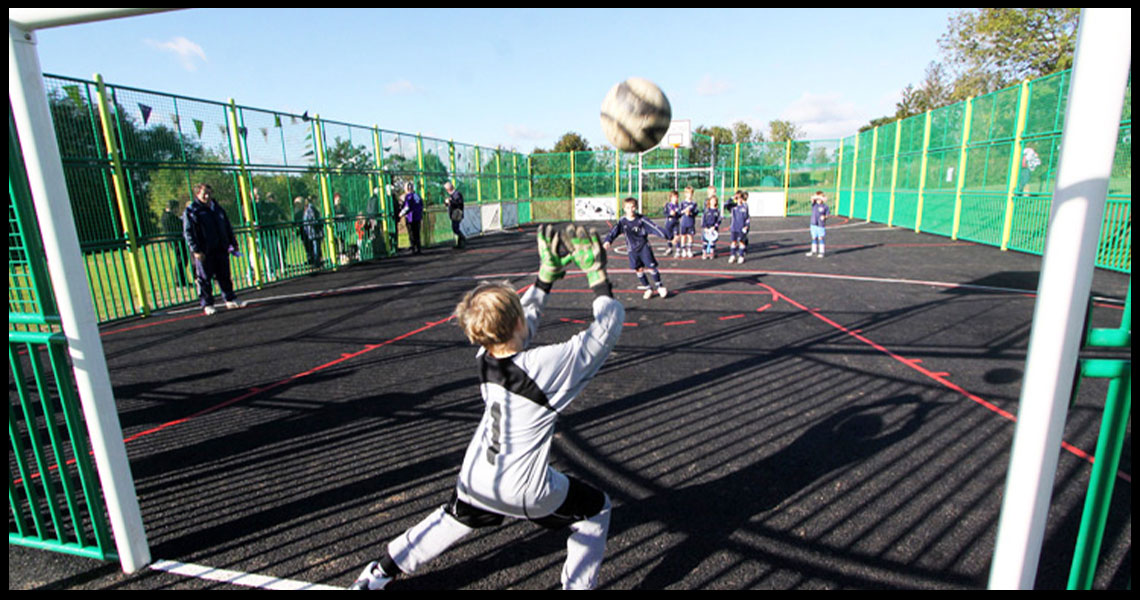A German biological weapons expert believes Saddam Hussein is making weapons of mass destruction, despite a lack of evidence, but the subject seems closed until an Iraqi asylum seeker makes a.
- The curveball is gripped much like a cup or drinking glass is held. The pitcher places the middle finger on and parallel to one of the long seams, and the thumb just behind the seam on the opposite side of the ball such that if looking from the top down, the hand should form a 'C shape' with the horseshoe pointing in towards the palm following the contour of the thumb.
- Morton threw his curveball more often than any other offering in 2019, and for good reason. With a spin rate (2,886 rpm) that was well above the MLB curveball average (2,523 rpm), the big sweeping hook neutralized all comers, regardless of what batter's box they were standing in, and helped the veteran right-hander finish third in the American League Cy Young Award voting.
- Something unexpected and difficult to deal with that changes a situation: The financial crisis has been an economic curve ball with global impact. New technologies have thrown a curveball at conventional risk assessment. (Definition of curveball from the Cambridge Business English Dictionary © Cambridge University Press).
A curveball (aka curve, hook, yakker, Uncle Charlie and The Hammer) is a breaking ball with less speed and more movement than a slider. A curve is thrown with the forearm rotated 90° inward, and often, though not always, with a deliberate snap of the wrist as the ball is released.
For decades, it was debated among fans whether a curveball really did curve. Fans would sometimes set up a series of posts, and get curveball pitchers to throw balls past the posts to see the amount of curve, if any. Applied physicists finally settled the question that yes, it does curve.
Candy Cummings is credited as the first pitcher to throw a curveball, although Fred Goldsmith was the first pitcher to actually do a public demonstration of the curveball, in 1870.
A curveball is always slower than a fastball, but the degree of difference varies widely. Some pitchers throw a hard curve that is almost as fast as a slider, while others throw a slow curve that serves effectively as a change of pace. The curve can be thrown from any arm angle, with the ball's breaking in the direction of the pitcher's arm movement.
An overhand curve, drop curve, or 12 to 6 curve is a ball thrown with an arm motion directly over the pitcher's shoulder. Because its motion is straight down, the overhand curve is equally effective against left and right handed batters.

A 3/4 curve, roundhouse curve, or 11 to 5 curve is thrown from a three-quarter overhand position. It drops and moves slightly away from a batter with the same handedness as the pitcher or toward an opposite handed batter.

A sidearm curve or outcurve is thrown from a straight sidearm angle and breaks directly away from a same handed batter or toward an opposite handed batter. A well thrown sidearm curve is terrifying to batters with the same handedness as the pitcher; it can look as though it's going to hit the batter and then break enough that it crosses the outside of the plate. The sidearm curve is a classic LOOGY pitch, since it's much more effective against same handed hitting.
Curve Ball&& Try The Games Online
An underhand curve is thrown underhanded as the name implies. It doesn't break straight up because the spin on the ball isn't enough to overcome gravity, but it does drop less than expected.
'Well, this year I'm told the team did well because one pitcher had a fine curve ball. I understand that a curve ball is thrown with a deliberate attempt to deceive. Surely this is not an ability we should want to foster at Harvard' - traditionally attributed to Harvard University president Charles Eliot
Curve Ball&& Try The Games To Play
As the above quote, popularized by Ken Burns in his documentary Baseball, shows, the curve ball was controversial when it first appeared on the scene. The quote is genuine in that it does accurately reflect the views of some persons at the time, but its attribution is incorrect. It was in fact Humanities professor Charles Eliot Norton, a cousin of Charles Eliot, who pronounced it, and he was an outsider to the game, his views being one of a reactionary remembering the days of his youth four decades earlier when pitchers were still lobbing balls towards the batter to let him hit it as hard as possible.

Further Reading[edit]
- David Adler et al.: 'These are the nastiest curveballs in baseball', mlb.com, March 30, 2020. [1]
- Dave Baldwin, Terry Bahill and Alan Nathan: 'Nickel and Dime Pitches', in The Baseball Research Journal, Society for American Baseball Research, Cleveland, OH, # 35 (2007), pp. 25-29.
- Richard Hershberger: 'With a Deliberate Attempt to Deceive': Correcting a Quotation Misattributed to Charles Eliot, President of Harvard', Baseball Research Journal, SABR, Vol. 46, Nr. 1 (Spring 2017), pp. 65-69.
Curve Ball&& Try The Games Free
